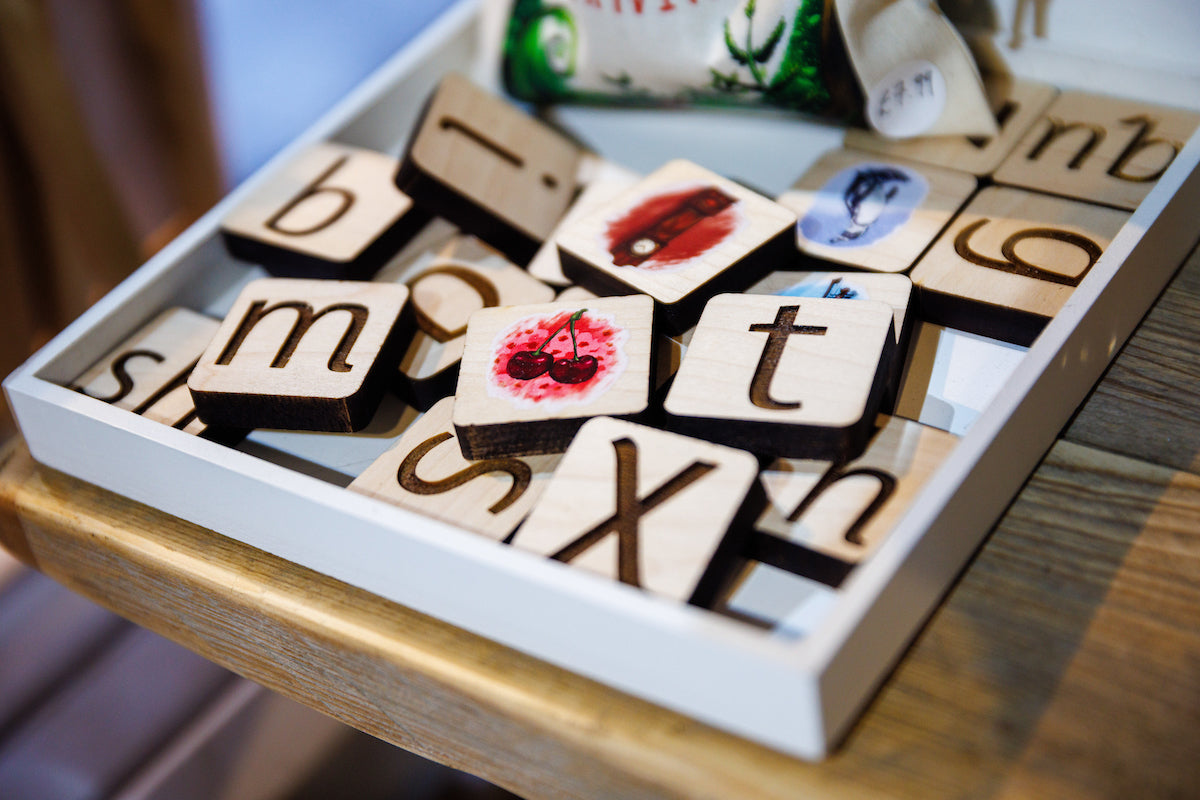Boosting Early Reading Skills Through Movement: The Power of Crossing the Midline
When it comes to learning to read using phonics, we often focus on letter sounds, blending, and segmenting. But did you know that physical movement plays a crucial role in supporting early literacy? One key movement skill that enhances reading readiness is crossing the midline—a fundamental brain-body connection that strengthens the pathways between the left and right hemispheres of the brain.
What is the midline?
The midline is quite literally the invisible line that splits us in half from the top of the head to the groin. It the point in the brain where the left and right hemispheres are divided.
What is Crossing the Midline?
Crossing the midline refers to the ability to move a hand, foot, or eye across the central line of the body to the opposite side. This movement is essential for developing bilateral coordination and integrating both sides of the brain. Since phonics and reading require children to track text from left to right, crossing the midline is a foundational skill that supports fluent reading.
How Crossing the Midline Supports Phonics and Reading
Engaging both hemispheres of the brain is critical for early literacy. The left hemisphere processes language, while the right hemisphere handles spatial awareness and rhythm. When children participate in active phonics activities that involve crossing the midline, they strengthen the neural connections needed for reading fluency and comprehension.
Key benefits of crossing the midline for phonics development:
- Enhances eye tracking for smoother reading
- Strengthens hand-eye coordination for writing
- Supports bi-lateral integration (this is basically both sides of your brain working as a team!)
Activities that involve crossing the midline do not have to be related to reading, they can be very simple activities like passing a balloon to the left with your right hand or raising your left knee and tapping it with your right hand and visa versa. Activities that include bilateral hand movements are also excellent way to engage both sides of the brain; things like Lego! Below are some suggestions for combining the first phase of phonics with activities that involve crossing the midline.
Active Phonics: Fun Midline-Crossing Activities
Here are some engaging phonic games that incorporate movement and help children develop their reading skills through active learning:
1.Rock the Boat - cross-body sound sorting
Ask your child to pretend they are in an imaginary boat, sat on the floor with their legs straight out. Write different letter sounds on pieces of paper or use flashcards placing them on either side of the child (boat!). Ask your child to reach the sound you say but if it’s on their left, they need to reach it with their right hand. Crossing the body and rocking the boat!
2. Side-to-Side Word Swat
Stick post it notes showing letter sounds to a wall, ensuring some are positioned on the left and others on the right of a midway line where your child stands. Give your child a fly swatter or soft baton and call out a phonic sound. Again if the sound is on the right, they must swat it with the left hand. They must cross their midline to swat the correct word, enhancing reading fluency and motor coordination.
3. Knee-to-Elbow Blending
Call out a CVC (consonant-vowel-consonant) word like “cat” or “dog.” Your child taps their opposite knee and elbow together with each phoneme (/c/ - knee to elbow, /a/ - opposite knee to elbow, /t/ - repeat). This rhythmic, whole-body approach helps reinforce blending and segmenting skills.
4. Figure-Eight Tracing
Encourage children to trace large figure eights in the air using their dominant and non-dominant hands. This movement strengthens eye tracking, coordination, and left-to-right processing—essential for reading and writing development.
Finally…
Phonics and crossing the midline go hand in hand when developing strong early literacy skills. By incorporating movement-based activities into the reading journey, we can support children in accessing both hemispheres of the brain, making learning to read using phonics an active, engaging, and effective process.
Looking for more active phonics ideas? Explore our range of phonics and storytelling cards and wooden tiles, all designed to make learning dynamic and hands-on!

